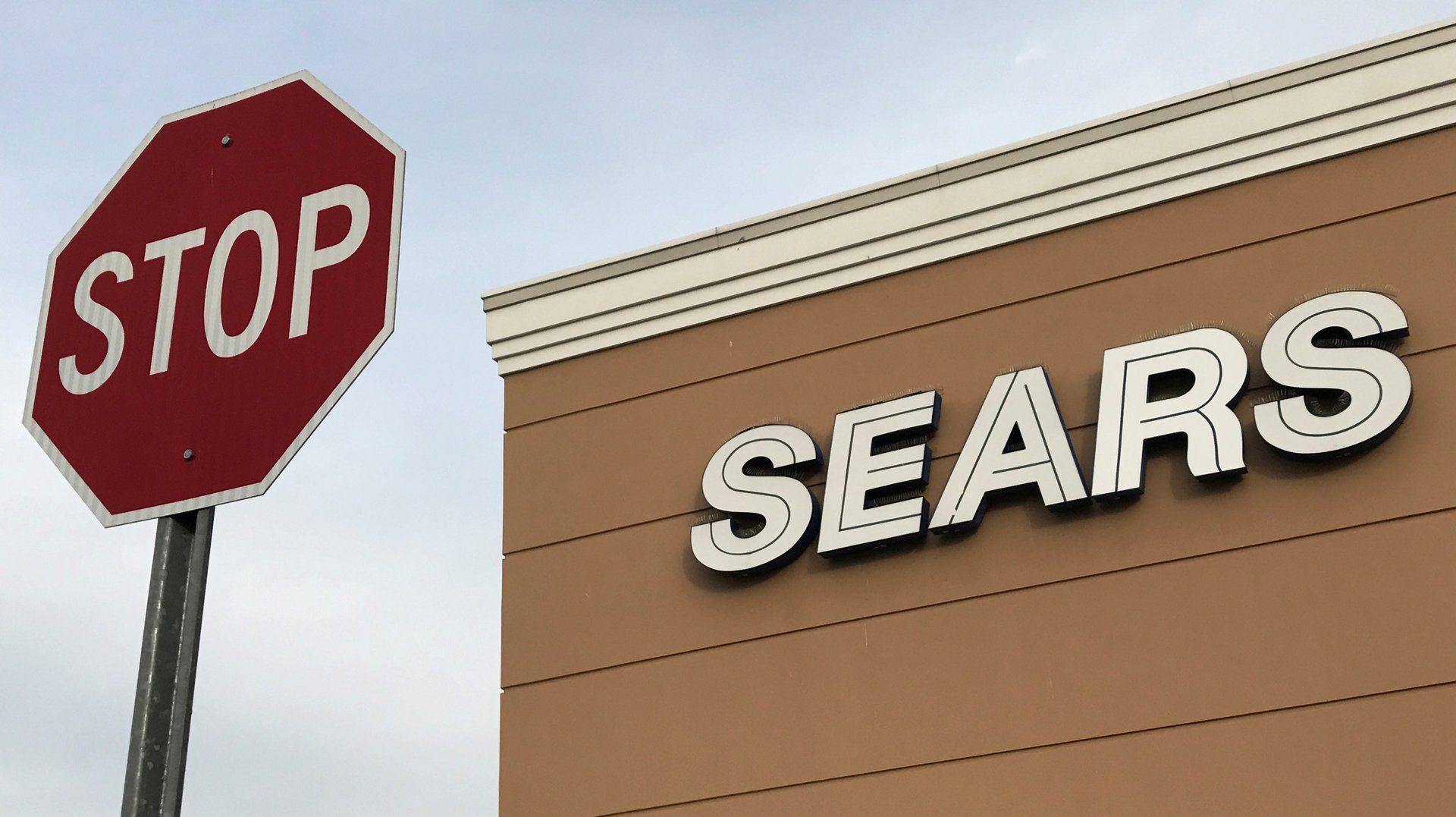The CEO of Sears says the nearly bankrupt company doesn’t need more customers
It’s understandable that Eddie Lampert, the CEO of Sears Holdings, is feeling the pressure. After all, his company is in a prolonged death spiral, and he’s now addressing speculation the 124-year-old retailer may be forced to declare bankruptcy.


It’s understandable that Eddie Lampert, the CEO of Sears Holdings, is feeling the pressure. After all, his company is in a prolonged death spiral, and he’s now addressing speculation the 124-year-old retailer may be forced to declare bankruptcy.
Yet none of that would explain his comments at yesterday’s shareholders meeting, when Lampert said, “We don’t need more customers. We have all the customers we could possibly want.” As a rule of thumb, businesses generally want as many customers as they can get.
It’s just possible to imagine an enterprise that doesn’t need more business—perhaps the maker of luxury sports cars that builds just a handful a year— but it’s safe to say a mass-market retailer like Sears, which also owns discounter Kmart, isn’t in that category.
Lampert comments seem to suggest Sears’ problem isn’t the number of customers, but how much they buy when they shop. For years, Lampert has been trying to turn around Sears’ business model to emphasize a membership program while closing stores and selling off real estate and assets, like its Lands’ End and Craftsman brands. He’s done it with a brutal management style that pits managers against each other for resources, fostering competition instead of cooperation.
But time may be running out. According to Reuters, vendors are limiting how much they sell to Sears and are no longer extending credit to the retailer. Investors are losing patience too, with shares falling 28% since April 28.
In an interview with the Chicago Tribune, Lampert took a leaf out of Donald Trump’s communication strategy and blamed Sears’ difficulties in part on the media coverage of its struggles. “It makes it very unfair for us, and it’s a very uneven playing field for us,” he said.
Sears’ woes aren’t unique and its brick-and-mortar competitors like Macy’s and JCPenney face the same declining traffic in malls, and the existential threat of Amazon. Those companies are just not as delusional about their challenges.